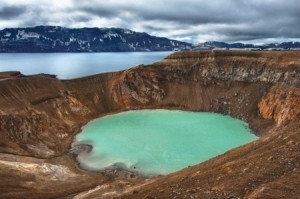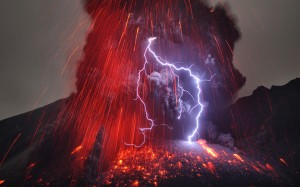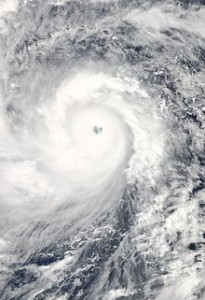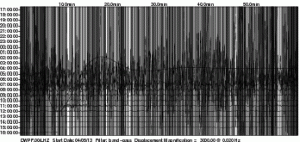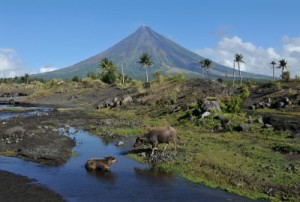Large earthquakes get our attention for many reasons, but sometimes, the earthquake swarms can be more dangerous than the big quakes.
Earthquake swarms are a sign of major earth movement, and they also warn of underlying volcanic activity. Either way, earthquake swarms are a warning to pay attention before major damage is done.
Right now, there are three areas of significance that are experiencing earthquake swarms :
- Canary Islands; approx 120 quakes above 1.8 magnitude and more than 40 quakes up to 3.2 magnitude in the past 24 hours
- Puerto Rico; occurring at same time the US Craton quakes occurred
- Mariana Islands; on the volatile Ring of Fire and SW of the Mariana Trench/subduction zone.
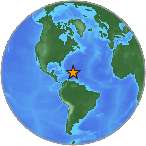
Earthquake swarm at Puerto Rico in the Caribbean Sea – USGS
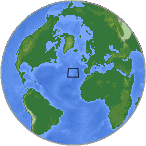
Earthquake swarm at the Canary Islands in the Atlantic – USGS
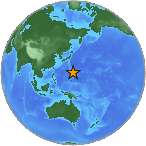
Earthquake swarm north of the Pacific Mariana Islands – USGS
